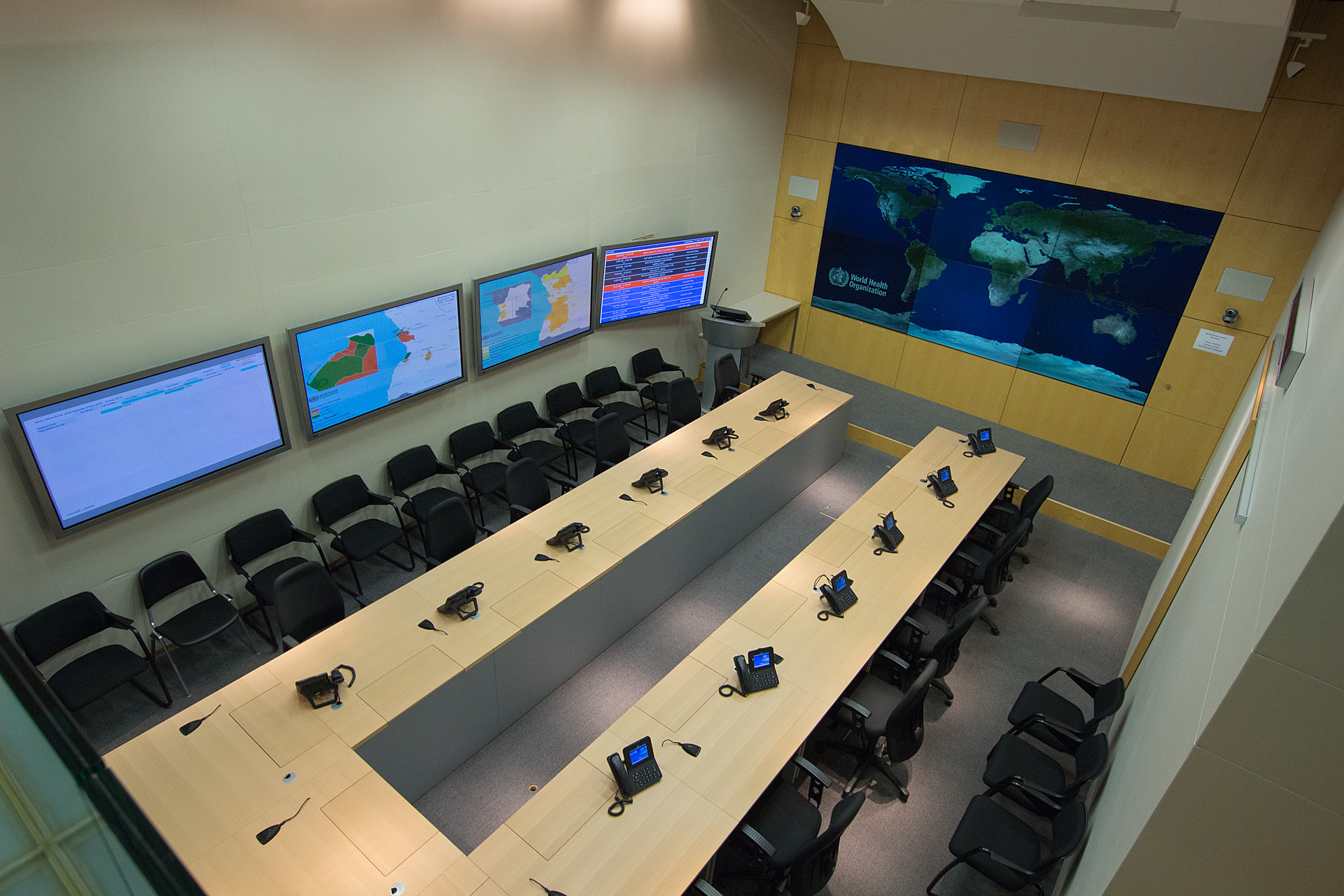
In the first part of our feature on signal management, we considered the two schools of thought, divided into ‘progressives’ and ‘conservatives’, that have shaped the debate over the transition to AV over IP. Here David Davies continues with a look at application possibilities and future requirements of networked systems.
While some areas of the discussion around networked AV have focused on its benefits for larger-scale applications at venues such as conference centres and universities, it is evident that word of its benefits is now spreading across applications and facilities of all sizes – even to those smaller sites that do not necessarily require expert installation or subsequent support.
“Our general feeling is that AV over IP should be considered for any commercial application of AV distribution above a 16 x 16 and supporting hundreds or even thousands of sources and screens, each 100m apart for virtually any size arrays,” says Adrian Ickeringill, EMEA general manager at WyreStorm. “Some applications, such as sports bars, typically feature a disproportionate number of inputs to outputs (15 x 50), so rather than wasting HDBaseT matrix inputs that aren’t needed, an IP system can be easily and affordably created that offers that precise configuration – with the system able to be equally easily expanded (or reduced) just by adding or removing encoders and sources, and decoders and screens. Videowalls are also far easier to incorporate into systems, with systems such as WyreStorm’s NetworkHD 200-Series offering videowall integration; [these] can be installed alongside NetworkHD 100-Series for mixed individual screen/videowall systems.”
Educational applications where content can be flexibly routed to multiple spaces, and control rooms “as purely videowall-focused applications, so the ability to switch any PC in a control room up to the main screen instantly is powerful” are among the other environments cited by Ickeringill.
Jamie Adkin, strategic sales manager of Adder Technology also pinpoints the increasingly broad base of enquiries regarding networked AV. “Previously it would have been the largest systems that would have seen the biggest benefits because of the standardised infrastructure,” he says. “Large proprietary systems require a complex install, with the manufacturer getting involved in the installation and set-up. Now however, Adder, for example, is shipping thousands of end-points to customers and they’re installing them without our support. This has larger benefits – because they are on the network, these devices can be maintained and supported by the same teams, in-house or third-party, that take care of a company’s network.
“Looking at the benefits specifically, we’re finding that the great advantages for some applications are coming from a management perspective – the management and the flexibility of having a single architecture connecting everything, as opposed to having disparate systems that need interconnectivity and separate management.”
Future requirements
With 4K/UHD and the Internet of Things (IoT) also increasingly entering the frame – and thus adding further complexity to public and private facility installations – the pull towards networked AV is bound to intensify. But accommodating these emerging requirements will necessitate a very careful approach to R&D to ensure that networks, and the solutions that support them, remain manageable and user-friendly.
For ATEN – whose products in this area include the KE69xx series for extending, sharing and controlling multiple computers from any location on a network – Nicolas Jaud, product marketing manager, ATEN UK observes that “4K is the future, which means we will need the ability to send a large amount of data over IP. [And don’t forget that] HDMI 2.0 has set the target at 18Gbps, therefore the next steps might be higher. We will need the ability to cope with the bandwidth requirements for this type of high-resolution application without the introduction of any latency.”
Ickeringill agrees that UHD video formats will be a significant factor informing the next generation of networked AV systems. “Moving into 4K means higher-quality content with wider colour gamut and chroma subsampling rates requiring higher-bandwidth solutions,” he says. “When those solutions are introduced, the same flexibility, ease of installation, compatibility and scalability needs to be maintained.”
Whitehead says that the transition to networked AV will continue apace, even extending to small “in-room presentation switchers […] as advancing technology and an increased number of vendors bring down acquisition costs.” But evermore extensive network configurations will require fulsome security provisions.
“The biggest hurdle in the near future will be scoping out network security to ensure that the customer’s media is protected and delivered only to appropriate destinations,” observes Andy Whitehead, general manager, SVSi by Harman. “In this area, [Harman’s] AMX has a significant advantage based on almost a decade delivering networked AV solutions to the pro-AV market, and its commitment to investing resources in networked AV security at a time when most vendors and end-users don’t realise the potential impact of ignoring it.
“Another hurdle is lack of streaming standards for LAN or in-room video transmission. WAN streaming protocols like RTP, RTSP, RTMP and HLS are widely acknowledged, but there are no comparable standards for local and LAN streaming. This has historically been because far fewer network appliances and clients touch or view the video stream but, as network usage for even short-range streaming becomes common, end-users will demand standards.”
Adkin pinpoints the rise of IoT, noting that as it “hits the mainstream it will mean that the more devices on the network, the more data we have about the devices and how they’re being used. This can be used to maintain the devices themselves, predict failures and even influence the creation of disaster recovery plans. In turn, this will inform the management, security and monitoring of the devices.”
www.adder.com
www.aten.com/gb/en
www.svsiav.com
www.wyrestorm.com







